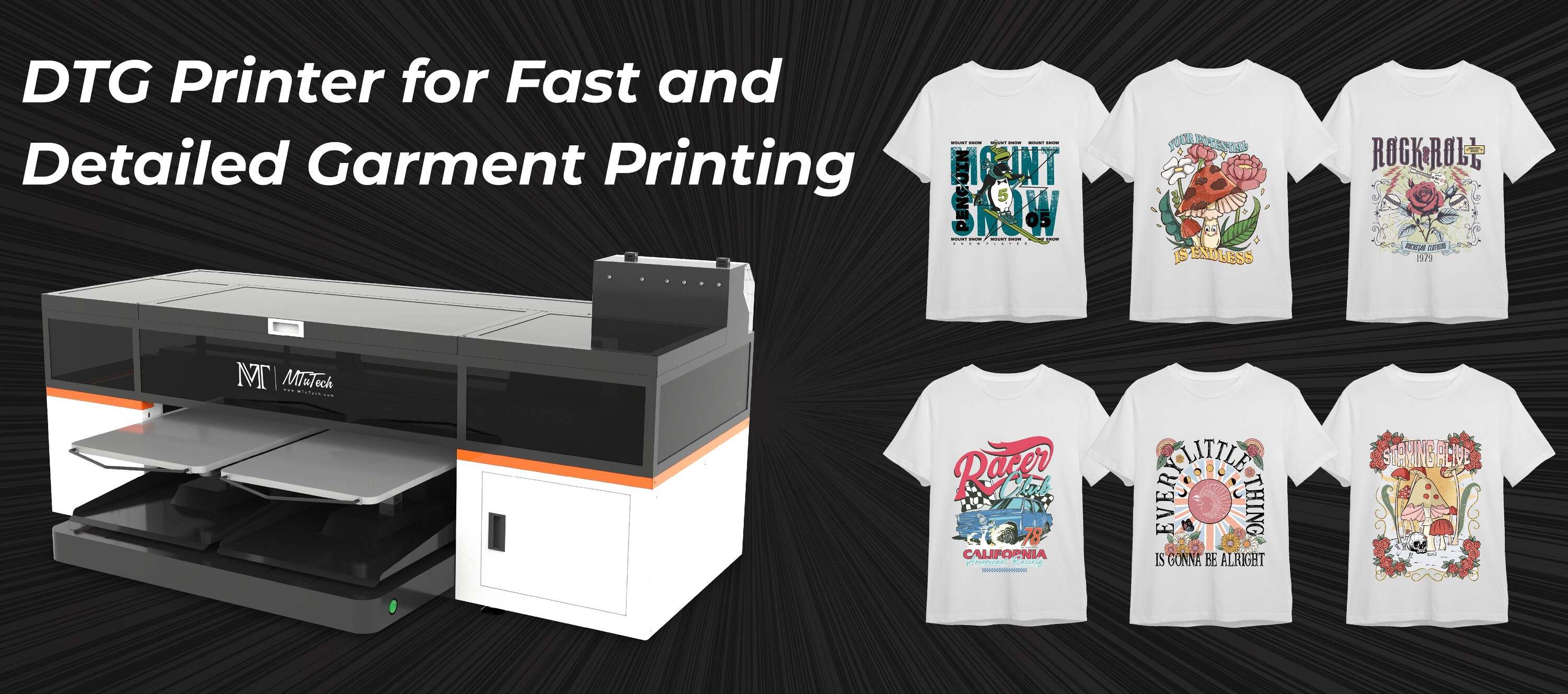In today’s digital world, the way we print on garments has drastically improved. One crucial area in this shift is the advent of Direct-to-Garment (DTG) printing, dramatically enhancing the quality and efficiency of apparel design and production. However, one critical aspect that can significantly impact the ultimate product's quality is print resolution. This blog post will delve into how print resolution influences DTG apparel quality.
Introduction to DTG Printing and Print Resolution
Direct-to-Garment (DTG) printing is an advanced technique that directly applies inkjet technology onto fabrics, allowing for detailed, multi-color designs. Print resolution plays an integral part in the DTG printing process, directly influencing the final print’s clarity, detail, and overall appearance.
Understanding Print Resolution: DPI and LPI
What is DPI?
DPI, standing for Dots Per Inch, measures the spatial printing or video dot density. High DPI values yield more detailed and sharper images because they pack a larger number of dots within the same space.
What is LPI?
LPI, or Lines Per Inch, measures the number of lines in an inch-long section of a printed image. Higher LPI means finer and more detailed prints. This factor is more apparent when printing detailed graphics or photographs.
Ideal Print Resolution for DTG Printing
For DTG printing, a resolution of 300 DPI or higher is standard for achieving high-quality print results. Lesser DPI values can result in printouts that appear pixelated or less precise, potentially diminishing the overall product’s visual appeal and perceived quality.
Impact of Print Resolution on DTG Apparel Quality
The impact of print resolution on DTG apparel quality is profound. Let's explore some of the ways it shapes the final product's quality.
Detail
Higher print resolutions enable DTG printers to reproduce intricate patterns and details more precisely. Lower resolutions can leave such details looking blocky and less appealing.
Clarity
Print resolution is integral to the clarity of the final print. High-resolution DTG prints exhibit crisp, clear lines and texture.
Color Accuracy
A high-resolution print can perfectly capture nuances in color and gradient, something incredibly important in high-quality graphic tees or prints with multiple colors.
Optimizing Print Resolution for DTG Printing
For optimal results, pay attention to these factors:
Original Artwork Quality: Ensure that the original design or artwork is high resolution. This ensures that the design remains crisp and clear when printed.
Printer Capabilities: Confirm the printer's maximum resolution capacity. This task could be as simple as reviewing the product's manual or online details. Explore our high-quality DTG printers here that offer excellent results for a broad array of designs.
Software Settings: Utilize the appropriate settings in the printer software to benefit from the maximum possible print resolution.
Conclusion
Print resolution is pivotal in determining the quality of DTG printed apparel. By understanding its impact and how you can optimize it, you can achieve excellent, high-quality kinds of DTG printed apparel.
FAQ
What is DPI in DTG printing?
DPI stands for Dots Per Inch, and it measures the spatial printing or video dot density. High DPI values result in more detailed and sharper images.
What is the recommended DPI for DTG printing?
For DTG printing, a DPI of 300 or higher is typically recommended for achieving high-quality print results.
How can I improve print resolution in DTG printing?
You can improve print resolution by ensuring that the original design is of high quality, verifying the printer's maximum resolution capabilities, and using appropriate settings in your printer software.

